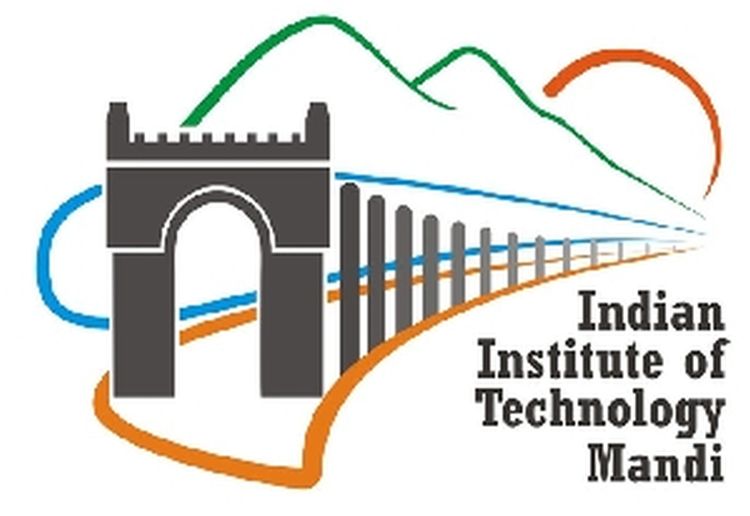Shimla suddenly went dry in the summer of 2018, more than 200,000 people experienced water scarcity for almost 2 weeks. Shimla wasn’t alone, a similar situation was experienced by denizens of Chennai in 2019 where 1 million people faced water scarcity.
As per the Niti Aayog report, twenty-one cities in India including Delhi, Bengaluru, and Hyderabad – are running out or having very little groundwater – affecting around 100 million people. Furthermore, Aayog reported that 40 percent of India’s population will have no access to drinking water by 2030.
Today, we live in a virtual world with most of our lives are being hijacked by computer simulations and we have adopted to live vicariously online. It would also be prudent at this hour for us to know about “virtual water” and its importance in our daily lives. Water has remained an ignored resource on our planet especially when we compare it to diamonds and its value has largely remained un-noticed until Tony Allan introduced this concept in 1993, which further took nearly a decade to get global recognition of the importance of the concept for achieving regional and global water security.
According to NGWA, a US-based national groundwater association, 70 percent of the Earth’s surface is covered with water, but only 0.3 percent of this water is usable by humans because most of it lies in oceans, soils, ice caps, or the atmosphere, and is largely unattainable. When we look at the distribution of water on earth, we find the majority is ocean water: 97.2 percent, glaciers and other ice: 2.15 percent, groundwater is 0.61 percent, fresh-water lakes: 0.009 percent, inland seas: 0.008 percent, soil moisture: 0.005 percent, atmosphere: 0.001 percent, rivers: 0.0001 percent.
Renewable water resources are the best measure of how much “water wealth” a country possesses: where brazil leads in terms of total renewable water resources with 8647 followed by Russia which has 4525, United States, 3069 and India is at number 8th position with 1911, total renewable water resources.
With 18 percent of the world’s population and 4 percent of its water resources, India is cruising towards a water disaster. We Indians are still largely unaware of the concept of virtual water. According to IHE Delft, an institute for water education in the Netherlands, by definition Virtual water is the water ‘embodied’ in a product, not in a real sense, but in a virtual sense. It refers to the water needed for the production of the product. Virtual water has also been called ‘embedded water’ or ‘exogenous water’, the latter referring to the fact that import of virtual water into a country means using water that is exogenous to the importing country.
We use water not just to drink or shower or wash our clothes, we use it through the products we consume too. The water used to produce items we use every day such as cotton, paper, our clothes, etc., amounts to 167 litres daily. The water consumed to produce our food plays an even bigger part in our consumption it amounts to 3,496 litres a day per person. This invisible water that we consume without knowing about it, is actually termed Virtual Water.
The agriculture sector is one of the largest users of water. In addition to irrigation for crops, livestock farming uses an enormous amount of water.
Typical values for the volume of water required to produce common foods
| Foodstuff | Quantity | Water consumption, litres |
| Source: IME | ||
| Chocolate | 1 kg | 17,196 |
| Sheep Meat | 1 kg | 10,412 |
| Pork | 1 kg | 5,988 |
| Butter | 1 kg | 5,553 |
| Chicken meat | 1 kg | 4,325 |
| Cheese | 1 kg | 3,178 |
| Olives | 1 kg | 3,025 |
| Rice | 1 kg | 2,497 |
| Cotton | 1 @ 250g | 2,495 |
| Pasta (dry) | 1 kg | 1,849 |
| Bread | 1 kg | 1,608 |
| Pizza | 1 unit | 1,239 |
| Apple | 1 kg | 822 |
| Banana | 1 kg | 790 |
| Potatoes | 1 kg | 287 |
| Cabbage | 1 kg | 237 |
| Tomato | 1 kg | 214 |
| Egg | 1 | 196 |
| Wine | 1 x 250ml glass | 109 |
| Beer | 1 x 250ml glass | 74 |
| Tea | 1 x 250 ml cup | 27 |
Agriculture alone consumes 75 to 90% of a region’s available freshwater. If we consume products consciously and choose less water-intensive products, we can make a difference. If manufacturers know that the consumers care, they might make some efforts to reduce their water usage during production.
Over and above the virtual water that we consume, the break-up of demand of actual water per day is around 135 litres per person per day. Many homes on the other hand make to do with as little as 40 litres per person per day. The average person will need 5 litres of water to drink daily, to survive in a moderate climate with little activity. On average Indian uses 350 litres of water per day. Globally, we consume around 4 trillion cubic meters of freshwater a year.
An estimated 76 million people in India have no access to a safe water supply, and the situation is only getting more serious. As conscious and patriotic citizens of our great nation, it becomes our social and moral responsibility to think about water conservation in both actual and virtual modes to avoid future water wars in our country.





